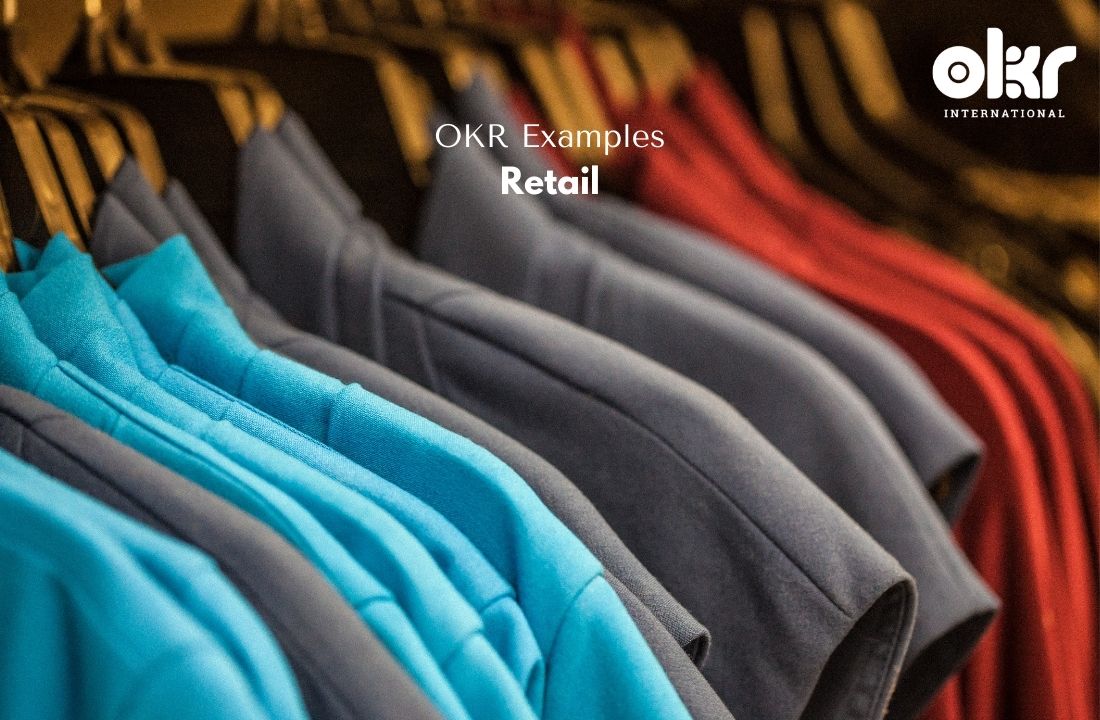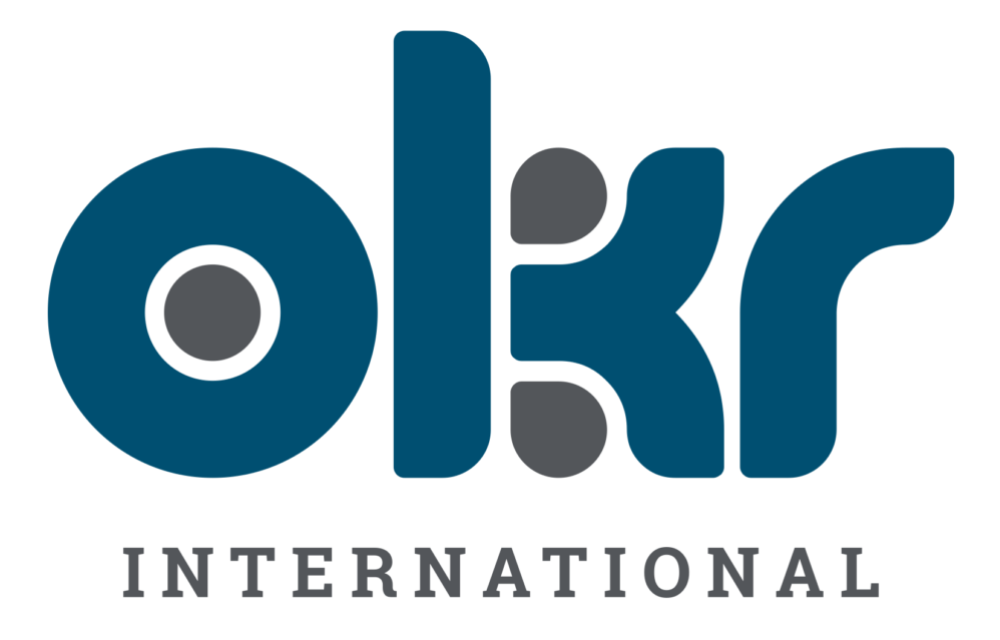10 Game-Changing OKR Examples in Retail
The retail industry is fiercely competitive and is marked by changing consumer preferences, evolving market trends, and technological innovations. For companies in this sector, Objectives and Key Results (OKRs) can serve as a powerful tool for setting strategic goals, fostering growth, and ensuring market leadership. In this article, we present ten game-changing OKR examples in retail, offering valuable insights for companies aiming to outperform their competition.
1. Optimizing Store Operations
Objective: Improve store operations for enhanced customer experience.
Key Results:
- Increase in-store staff efficiency by 30% in the next 6 months.
- Implement advanced store management systems in 80% of locations by the next quarter.
- Ensure 90% of customers are satisfied with the in-store experience within the next three months.
2. Enhancing E-commerce Presence
Objective: Expand e-commerce presence to tap into the online consumer market.
Key Results:
- Launch two new online storefronts in the next year.
- Achieve a 75% customer satisfaction rate for online shopping experience within three months of launch.
- Increase revenue from online sales by 30% in the next six months.
3. Implementing Sustainable Practices
Objective: Incorporate sustainability into business practices.
Key Results:
- Reduce energy consumption in stores by 20% in the next year.
- Implement sustainable packaging for 50% of products in the next six months.
- Achieve an 80% customer appreciation rate for sustainability initiatives in the next quarter.
4. Ensuring Regulatory Compliance
Objective: Maintain compliance with retail regulations and standards.
Key Results:
- Decrease non-compliance issues by 30% within the next 6 months.
- Train 100% of the team on new regulatory changes within the next quarter.
- Pass all regulatory audits in the next fiscal year.
5. Elevating Customer Service
Objective: Improve customer service to boost customer satisfaction and loyalty.
Key Results:
- Reduce customer complaints by 25% in the next year.
- Achieve a first-call resolution rate of 85% in the next six months.
- Attain a 90% customer satisfaction rate with service performance in the next quarter.
6. Building Customer Relationships
Objective: Develop stronger relationships with customers through personalized marketing.
Key Results:
- Increase customer engagement scores by 25% in the next year.
- Decrease customer churn by 20% in the next 6 months.
- Achieve a 85% customer retention rate in the next quarter.
7. Expanding Market Reach
Objective: Expand market reach and cater to a broader consumer base.
Key Results:
- Increase the customer base by 20% in the next year.
- Launch retail outlets in two new regions within the next 6 months.
- Boost brand awareness scores by 35% in the next quarter.
8. Fostering Technological Innovation
Objective: Embrace technological innovation in operations and customer experience.
Key Results:
- Integrate 3 innovative retail technologies within the next year.
- Increase the number of technology-driven initiatives by 20% in the next 6 months.
- Achieve a 80% employee satisfaction rate with the innovation culture in the next 3 months.
9. Improving Inventory Management
Objective: Optimize inventory management for better stock control.
Key Results:
- Decrease stockouts and overstocks by 30% within the next 6 months.
- Implement a data-driven inventory management system in 80% of warehouses in the next quarter.
- Achieve an 85% satisfaction rate with inventory management within the next 3 months.
10. Enhancing Sales Efficiency
Objective: Increase sales efficiency for revenue growth.
Key Results:
- Increase average sales per employee by 20% in the next year.
- Implement advanced sales training in 90% of stores in the next 6 months.
- Achieve a 85% sales team satisfaction rate with the sales strategy in the next quarter.
By implementing these OKR (Objectives and Key Results) examples, retail companies can refine their operations, stimulate growth, and foster innovation. These strategic objectives are essential in overcoming the challenges of this dynamic industry, contributing to business success, and delivering exceptional customer experiences.
FAQs
1. What are game-changing OKRs in the retail industry?
Game-changing OKRs in the retail industry are strategic objectives and key results that drive significant progress and inspire innovation. They focus on areas like store operations, e-commerce presence, sustainability, regulatory compliance, customer service, customer relationship management, market reach, technological innovation, inventory management, and sales efficiency.
2. How can game-changing OKRs drive growth in the retail industry?
Game-changing OKRs can spur growth in the retail industry by setting objectives related to operational improvements, e-commerce expansion, customer satisfaction, and technological innovation. By measuring key results and making necessary improvements, retail companies can enhance their performance, meet customer expectations, and achieve sustainable growth.
3. Why is sustainability important in the retail industry?
Sustainability is important in the retail industry to meet environmental regulations, customer expectations, and market trends. Game-changing OKRs related to sustainability help companies adopt eco-friendly practices, reduce their environmental impact, and positively contribute to the environment.
4. How can technological innovation contribute to success in the retail industry?
Technological innovation can contribute to success in the retail industry by enhancing processes, improving efficiency, and facilitating data-driven decision-making. Game-changing OKRs related to technological innovation help companies leverage emerging technologies to improve operational efficiency and provide innovative customer experiences.
5. How does improved inventory management benefit the retail industry?
Improved inventory management benefits the retail industry by optimizing stock control, reducing costs, and improving service levels. Game-changing OKRs related to inventory management help companies manage stock levels effectively, implement data-driven inventory systems, and increase customer satisfaction.
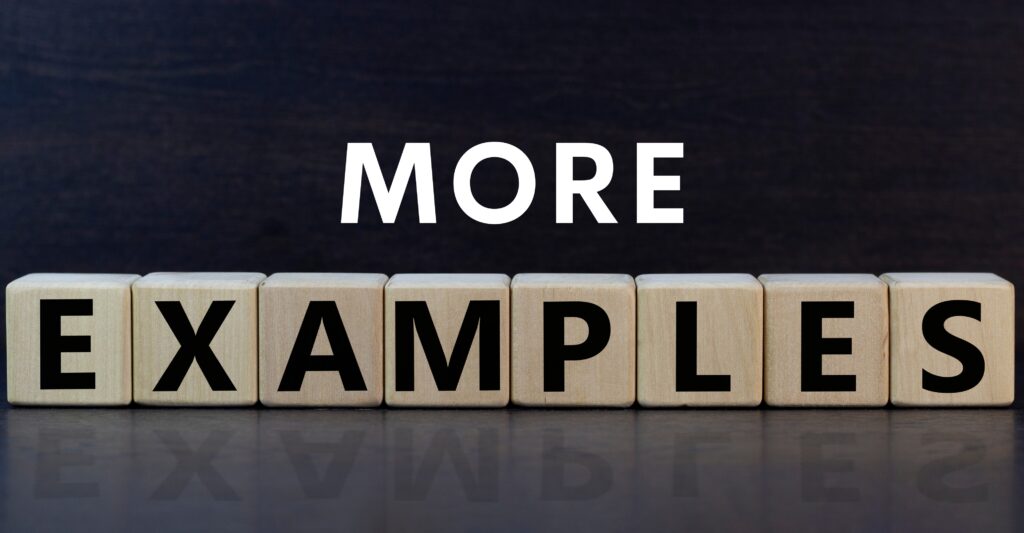
When looking to set OKRs, it’s natural to want examples to ignite the thought process or simply compare yours to OKR Examples. Check out our compendium of OKR Examples here.
Explore Our Range of Services
Bring OKRs (Objectives and Key Results) to your organisation with our tried & tested OKR Framework.

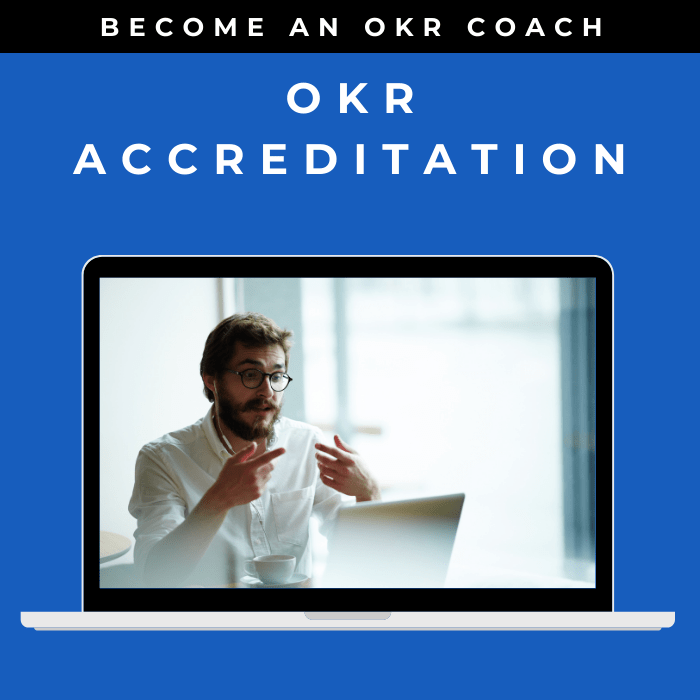
OKR International’s highly acclaimed Certified OKR Practitioner Program is the first and only OKR accreditation endorsed by ICF & HRCI for continuing education units.
OKR International helps leaders create the alignment, engagement and result orientation needed for growth by offering OKR Advisory services.


